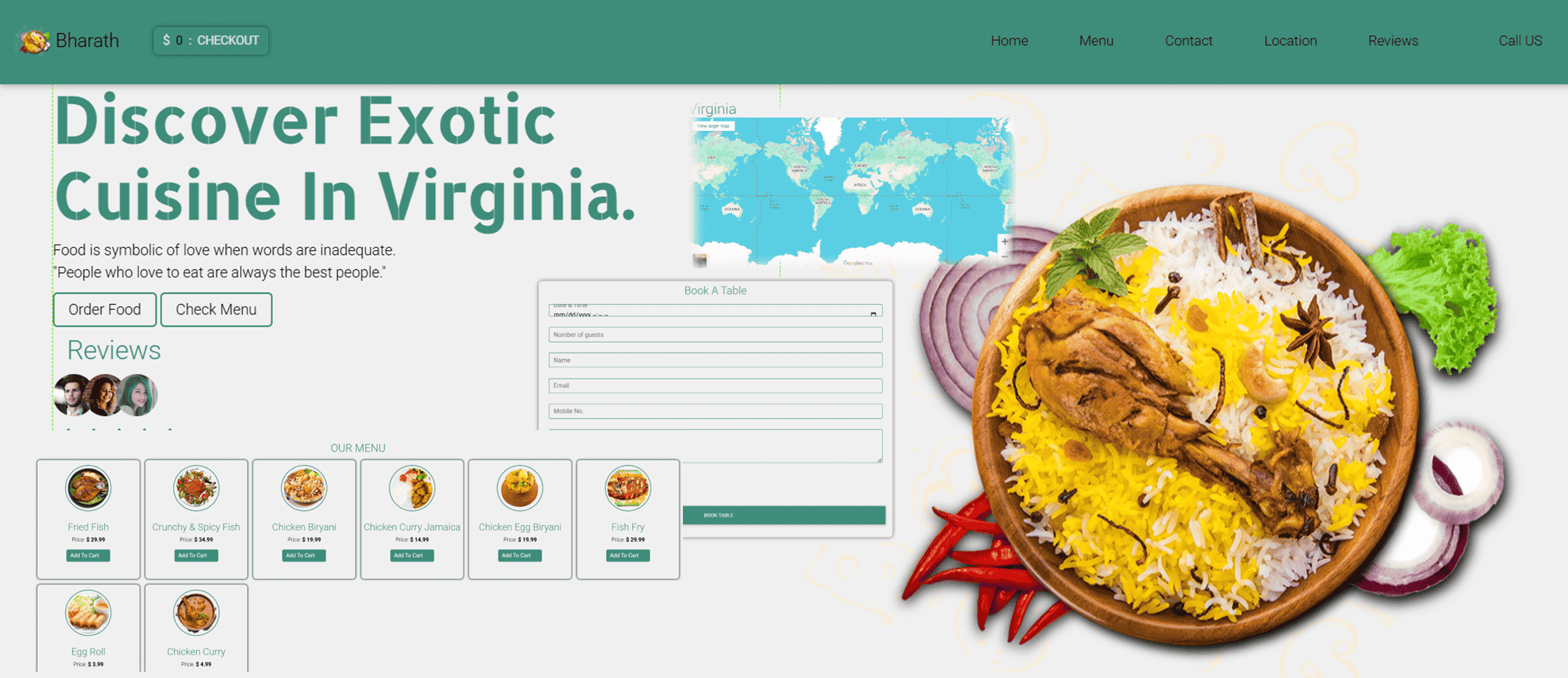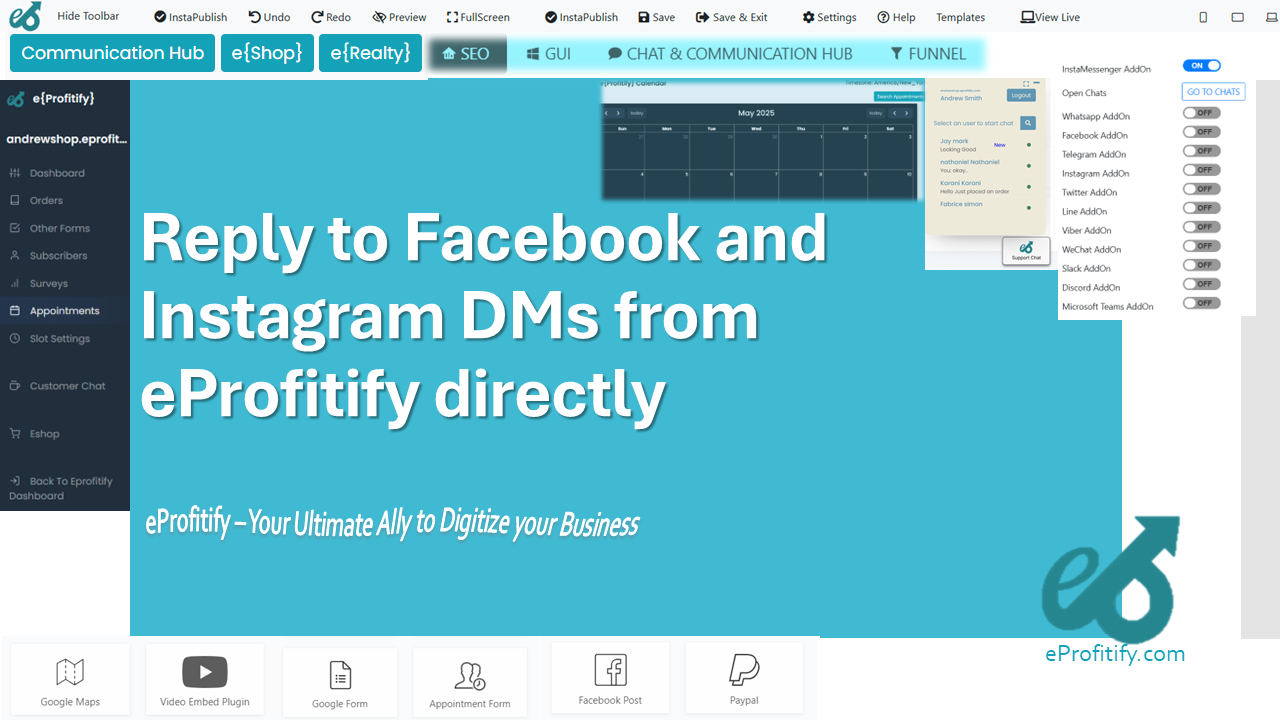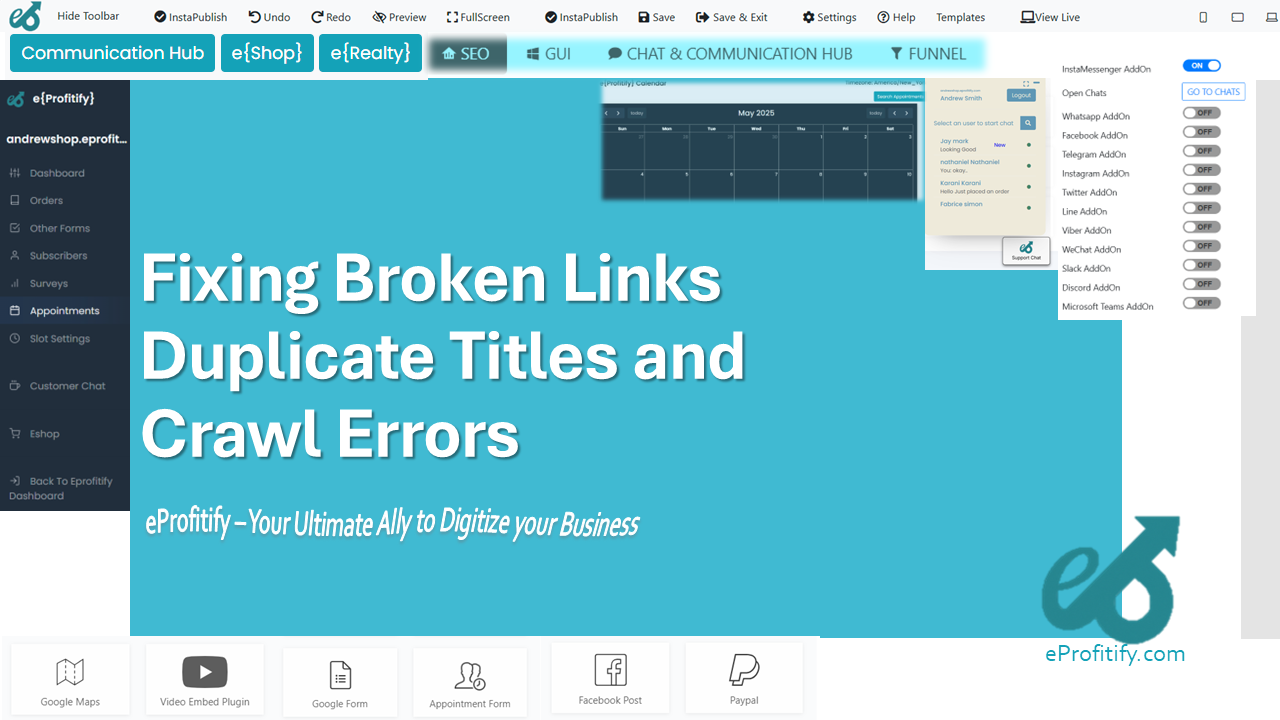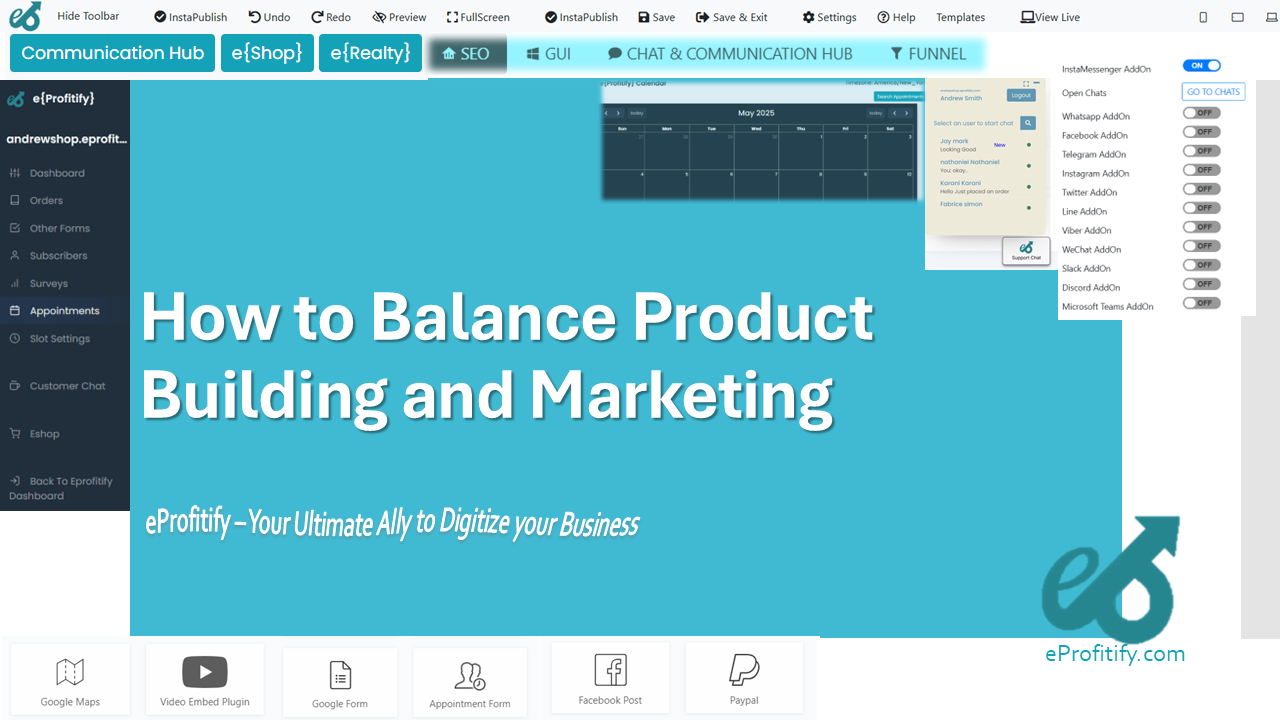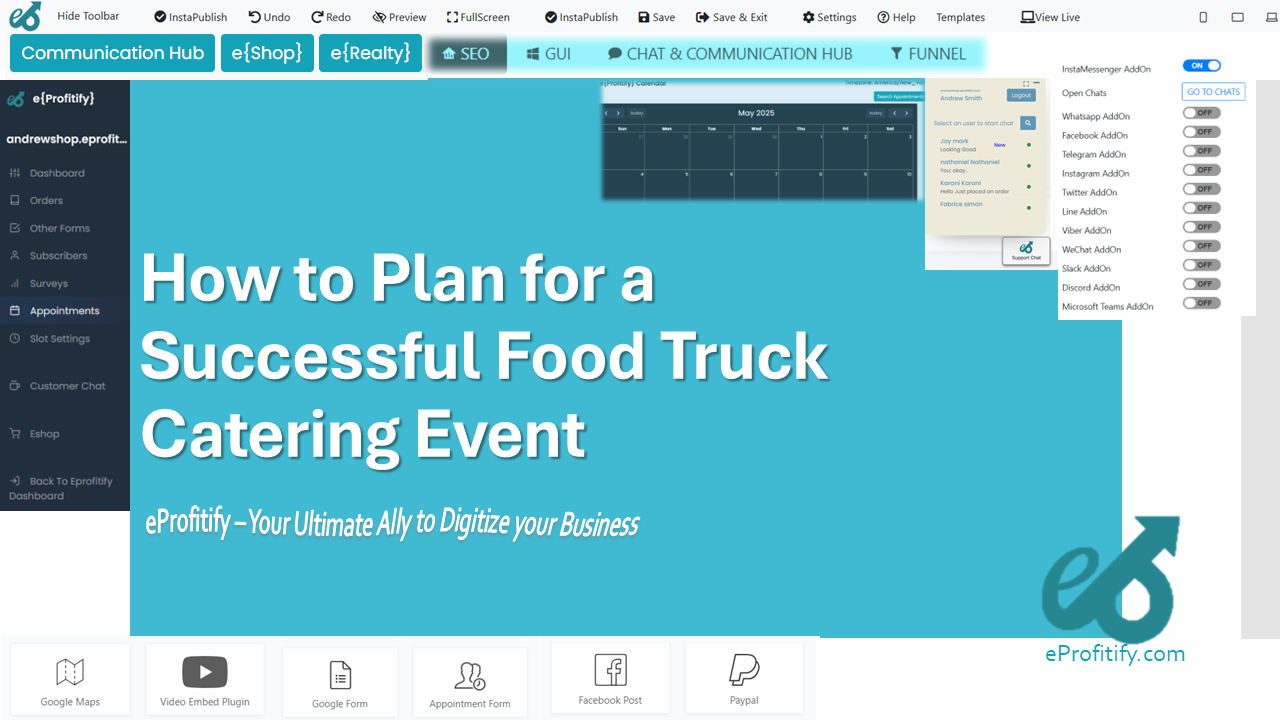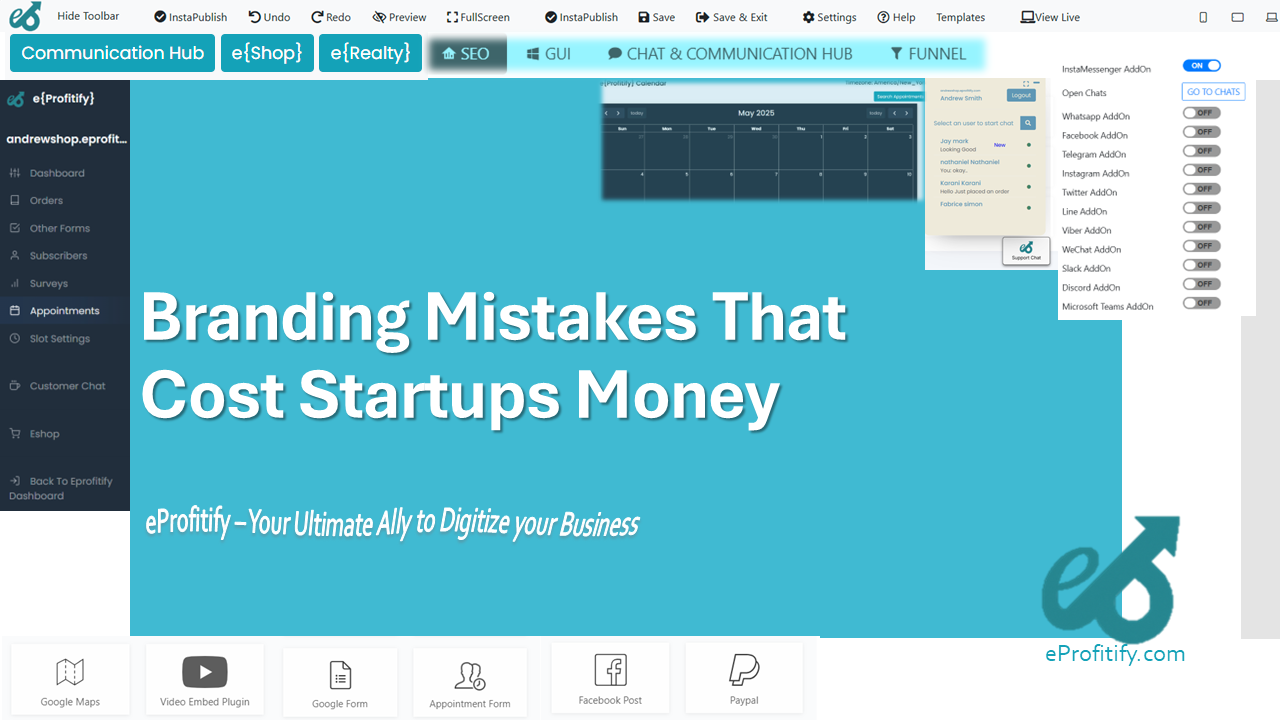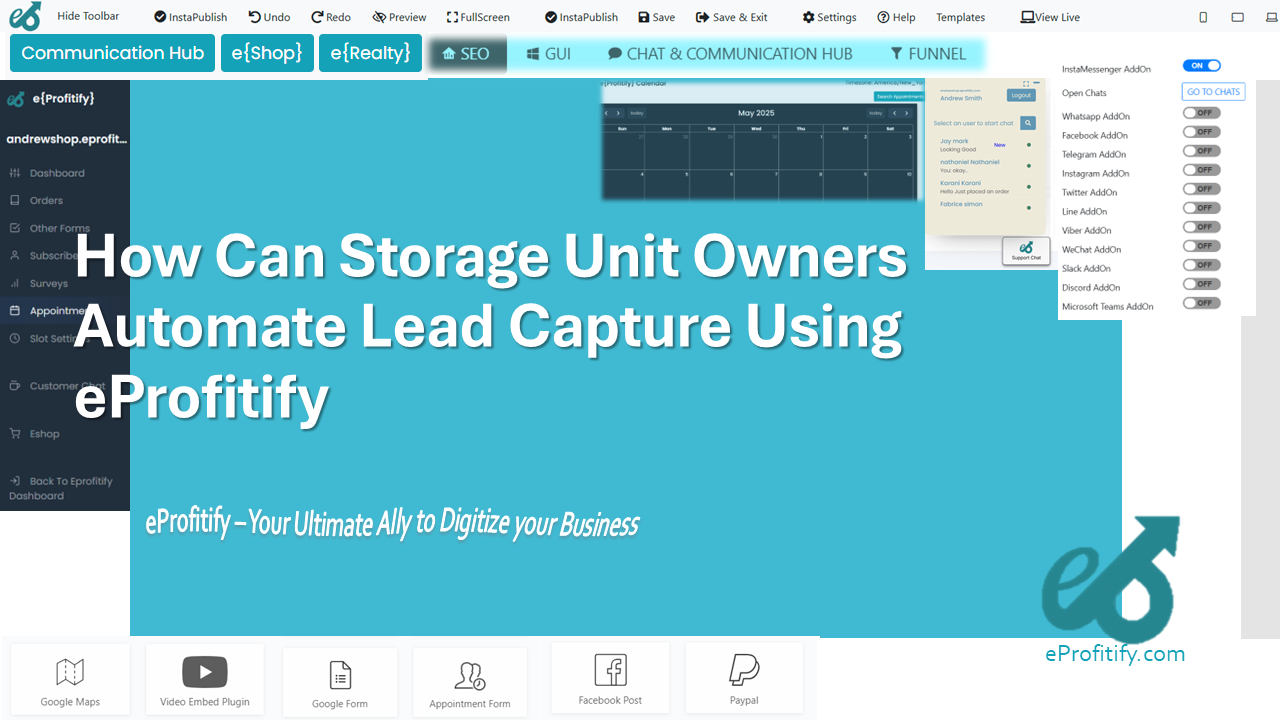Storytelling Techniques in Content Marketing
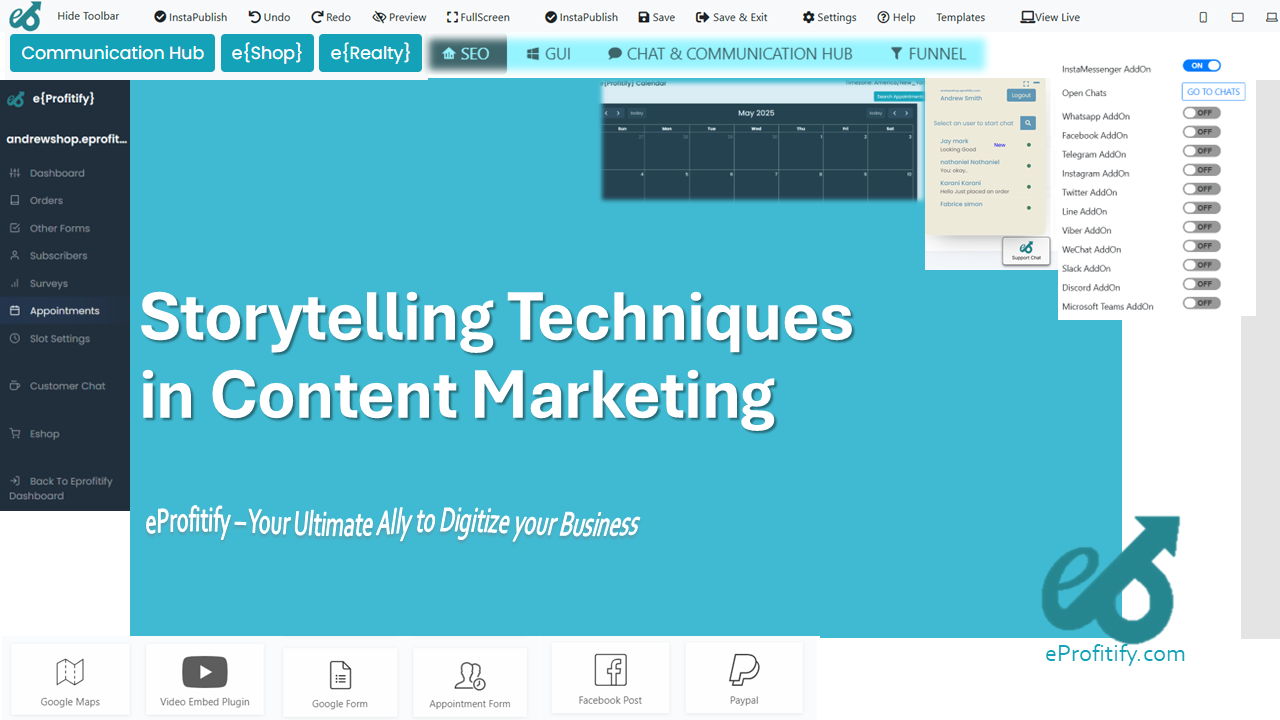
Schedule a LIVE Zoom call with an eProfitify Expert.
Storytelling Techniques in Content Marketing: Engaging Audiences and Driving Conversions
In the digital age, content marketing has evolved beyond mere information dissemination. Brands now leverage storytelling to connect with audiences emotionally, build trust, and foster loyalty. Effective storytelling transforms mundane messages into memorable narratives, driving engagement and conversions. Studies reveal that 55% of consumers are more likely to purchase from brands that tell compelling stories, and campaigns with emotional appeal perform twice as well as purely factual ones (Forrester).
Customer-Centric Narratives
Understanding your audience is the foundation of impactful storytelling. By crafting customer personas, brands can align narratives with their audience’s pain points, aspirations, and values. According to SmarterHQ, 77% of consumers prefer personalized experiences. Tools like Eprofitify’s CRM enable businesses to segment audiences, track purchasing behavior, and tailor content that resonates individually. For instance, a skincare brand could use CRM data to share success stories of customers with similar skin types, fostering relatability.
Emotional Appeal
Stories that evoke emotions—joy, fear, nostalgia, or hope—create lasting impressions. Research by the Journal of Consumer Research shows emotionally charged content increases brand loyalty by 31%. Eprofitify’s instant messaging feature allows real-time interactions, enabling brands to address customer concerns empathetically. A fitness coach, for example, could share client transformation journeys via chatbots, inspiring prospects through relatable struggles and triumphs.
Visual Storytelling
Humans process visuals 60,000 times faster than text, making visual storytelling indispensable. Video content, in particular, drives 85% of businesses to report increased website traffic (Wyzowl, 2023). Eprofitify’s ecommerce integration lets brands embed product videos, infographics, and user-generated content into their platforms. A fashion retailer could showcase behind-the-scenes footage of sustainable manufacturing processes, reinforcing brand values through imagery.
Consistency Across Channels
A cohesive narrative across all touchpoints strengthens brand identity. Salesforce notes that 90% of consumers expect consistent interactions. Eprofitify’s centralized platform ensures unified messaging on websites, social media, and email campaigns. A travel agency might use the appointment management system to send personalized itinerary emails, aligning pre-booking communication with post-visit follow-ups.
Authenticity and Transparency
Modern consumers value honesty. Edelman’s Trust Barometer reveals 81% of people trust businesses to act ethically. Sharing behind-the-scenes stories, admitting mistakes, or highlighting community initiatives builds credibility. Eprofitify’s analytics tools help brands measure content performance, enabling iterative strategies that prioritize authenticity. A food brand could publish candid stories about sourcing challenges, fostering trust through transparency.
How Eprofitify Elevates Storytelling in Content Marketing
Eprofitify emerges as a leading website publishing and management tool, offering features designed to amplify storytelling efforts:
- CRM Integration: By tracking customer journeys, businesses craft data-driven narratives. Personalized email campaigns and dynamic website content become seamless.
- Ecommerce Solutions: Product pages transform into storytelling hubs with video testimonials, interactive galleries, and AR previews.
- Instant Messaging: Real-time chats humanize brands, allowing instant resolution of queries and narrative-driven interactions.
- Appointment Management: Scheduled consultations or events become storytelling touchpoints, enhancing customer experience.
- Analytics Dashboard: Measure engagement metrics to refine stories, ensuring they resonate across demographics.
For example, a boutique hotel using Eprofitify could automate personalized booking confirmations with local travel tips, share guest stories via social media integrations, and analyze which narratives drive the most direct bookings.
Conclusion
Storytelling in content marketing bridges the gap between brands and audiences, fostering emotional connections that transcend transactions. Techniques like personalization, emotional resonance, and visual narratives are pivotal in a crowded digital landscape. Platforms like Eprofitify empower businesses to execute these strategies efficiently, blending creativity with data-driven insights. As 68% of marketers prioritize storytelling in their strategies (Contently), integrating robust tools ensures stories not only captivate but also convert.


